An exhibition will showcase traditional weaves from across the southern state, fighting disappearance to make a contemporary comeback
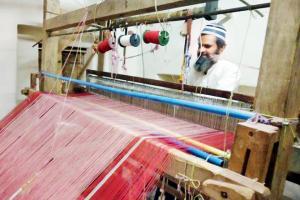
A weaver works on a puttedu anchu saree
Established in 1967, The Crafts Council of Karnataka has gone from promoting the heritage crafts and craftspersons of the state to reviving weaves that have disappeared or are on the verge of extinction, from around the country via Vastrabharana, its annual exhibition. Starting tomorrow, the third edition in Mumbai will showcase rare weaves exclusive to various regions. We pick four from Karnataka.

ADVERTISEMENT
Padmaja Sakhamuri
On September 24 to 26, 10.30 am to 7.30 pm
At Coomaraswamy Hall, Chhatrapati Shivaji Vastu Sangrahalaya, MG Road, Fort.
Log on to www.thecraftscouncilofkarnataka.org/
Puttedu Anchu
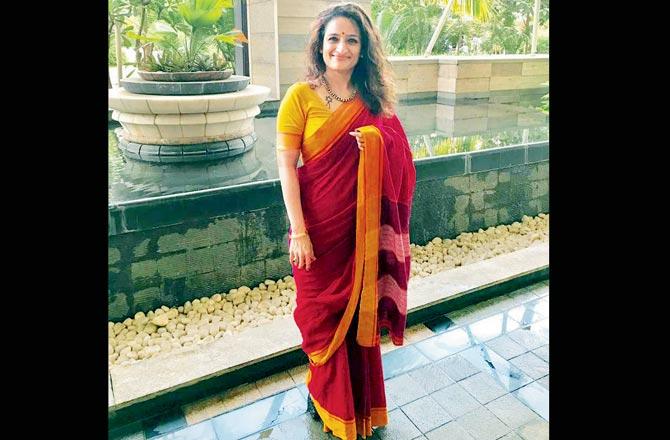
Puttedu Anchu
Found in the north-eastern part of the state, it used to be woven by farmers (male and female) as a gift for their daughters. Belonging to the matriarchal Lingayat community, the saree was offered to the goddess to evoke her blessings on a farmers' daughter's wedding.
"Designer Hemlata thought of reviving puttedu anchu and has contemporised it through patterns by getting weavers to resume work on these pieces," Padmaja Sakhamuri, joint secretary of the council, shares.
The saree usually has a contrast border and a fine plaid pattern on its body. Local grains and animals inspire the pieces, so they have a typical pattern wherein they replicate a chain of wheat grains using thread , which is woven into the narrow border of the saree.
Dhotra
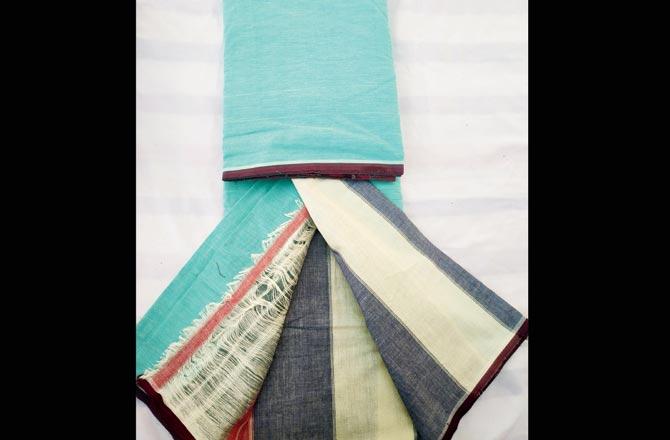
The dhotra is a saree worn by local farmers in the Gagad, Gajebdragad and Bagalkot regions of the state. "There are about 45 artisans in a cluster in these regions. This weave came into being for people who didn't like the border or extra elements.
It's a plain cotton saree with a thin border that is reversible and worn by farmers," Sakhamuri says. There are also variants of silk and bamboo now.
Lakkundi
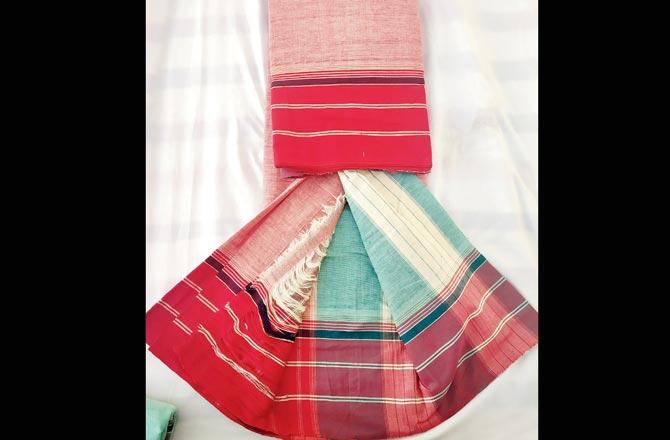
There were two types of borders back in the day — when you added the wheat grain pattern to a saree, it was called gomi teni; and if it had a plain border, it was called lakkundi.
The latter was part of daily wear in Lakkundi village and displays broad borders with lines and a plain body. It has two pallus, and doesn't require a fall.
Hubli
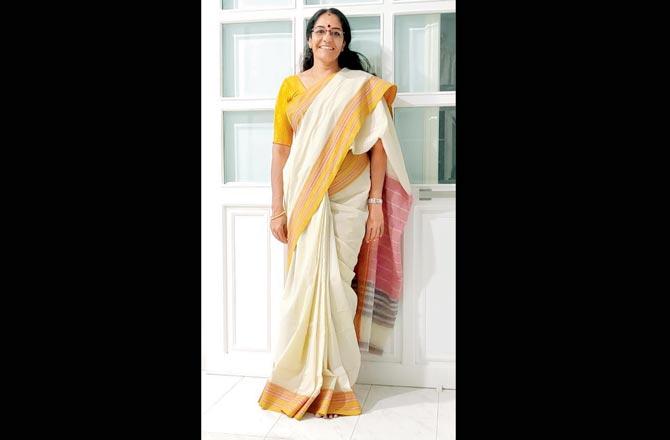
These cotton sarees are handwoven and even the yarn is pure cotton. Originating from Hubli, these sarees have been revived by the weavers at the hand weavers' hub, Gajendragarh.
It has unique features like reversible pallus on either side, and easy drape borders. The gadi-dadi border stripes are unique to this variant.
Home state
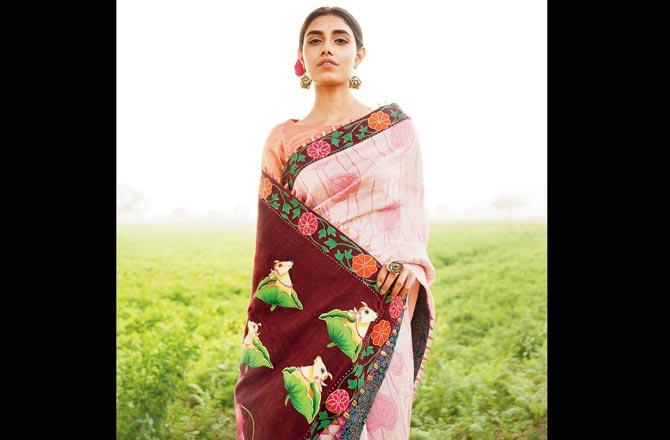
The Paithani saree from Aurangabad is a 100 per cent cotton saree that was earlier gifted to Maharashtran brides. The exhibition will see these sarees being brought back with a twist — the pattern on them will be inspired by the pichhli paintings from Udaipur, to give it a contemporary feel.
Catch up on all the latest Mumbai news, crime news, current affairs, and also a complete guide on Mumbai from food to things to do and events across the city here. Also download the new mid- day Android and iOS apps to get latest updates
 Subscribe today by clicking the link and stay updated with the latest news!" Click here!
Subscribe today by clicking the link and stay updated with the latest news!" Click here!







